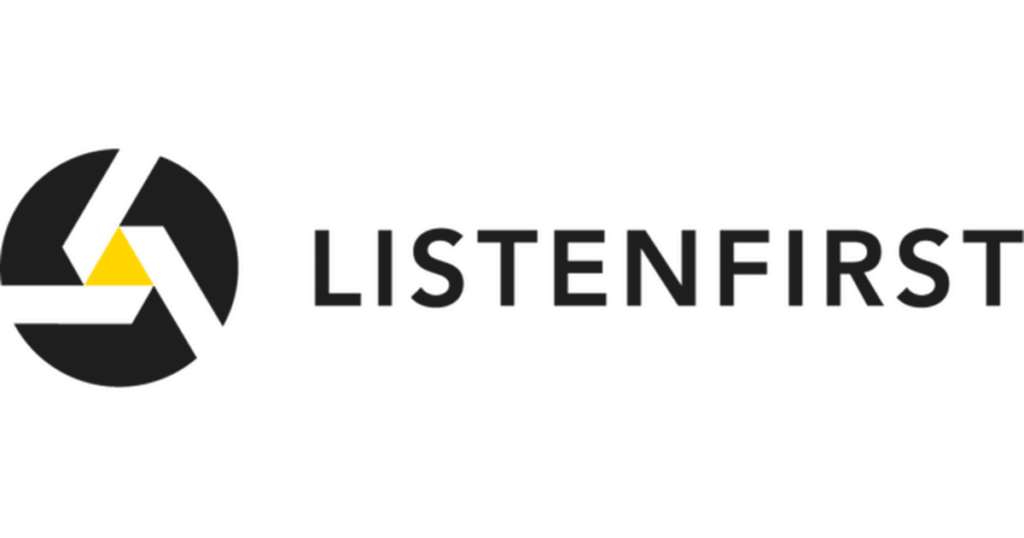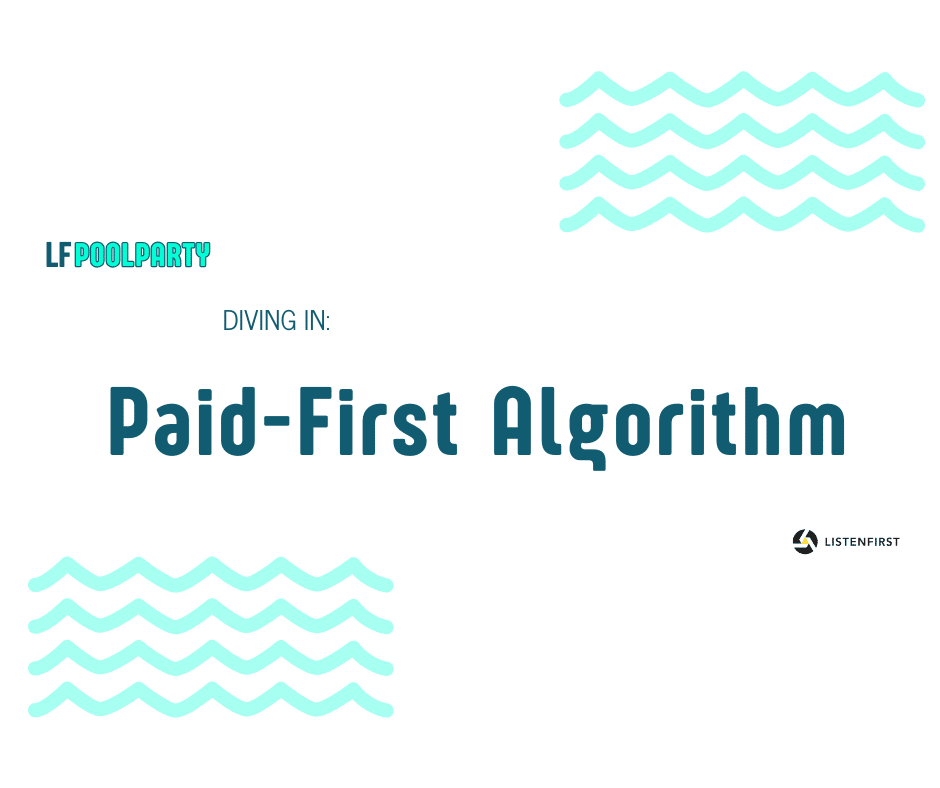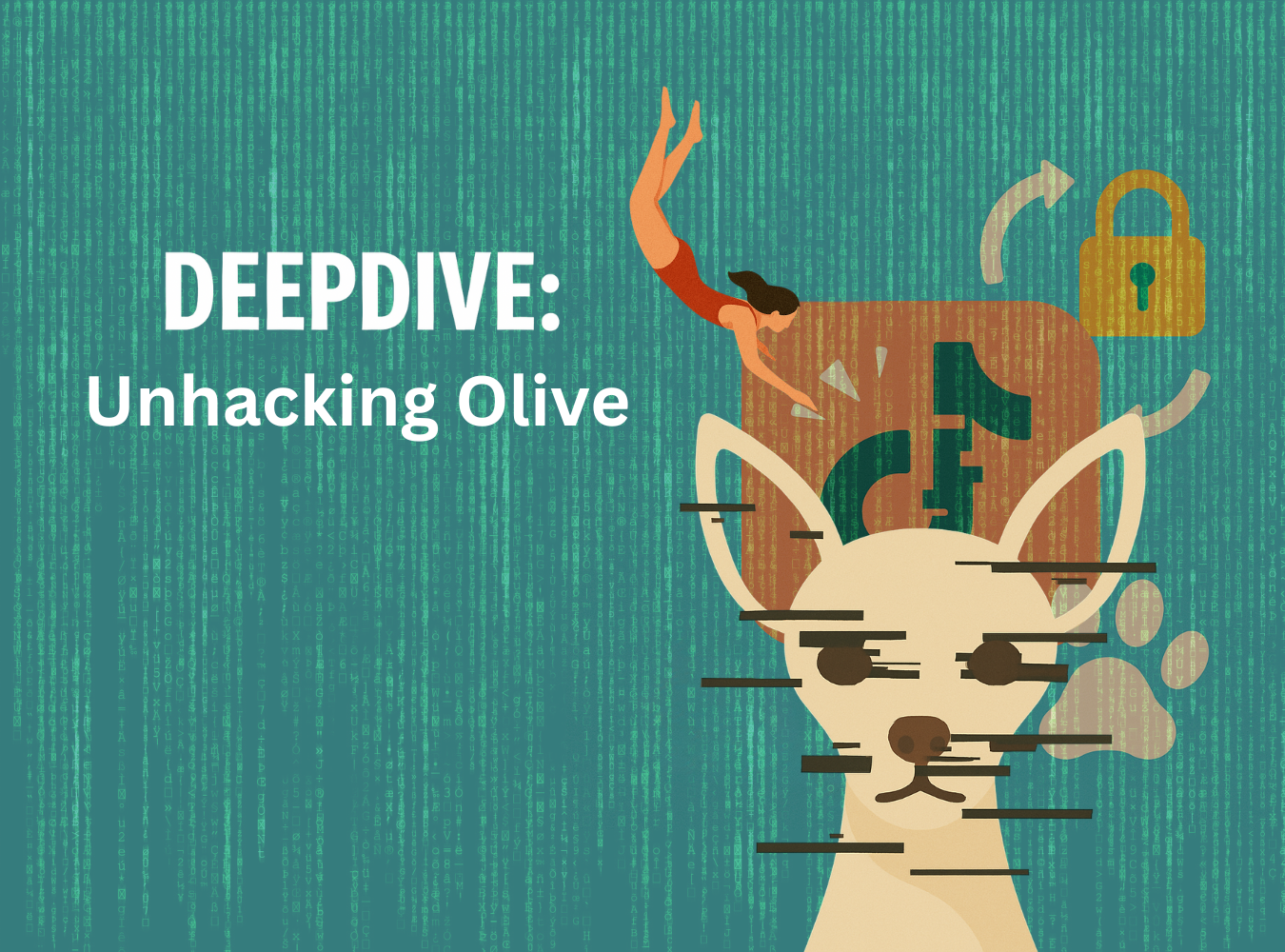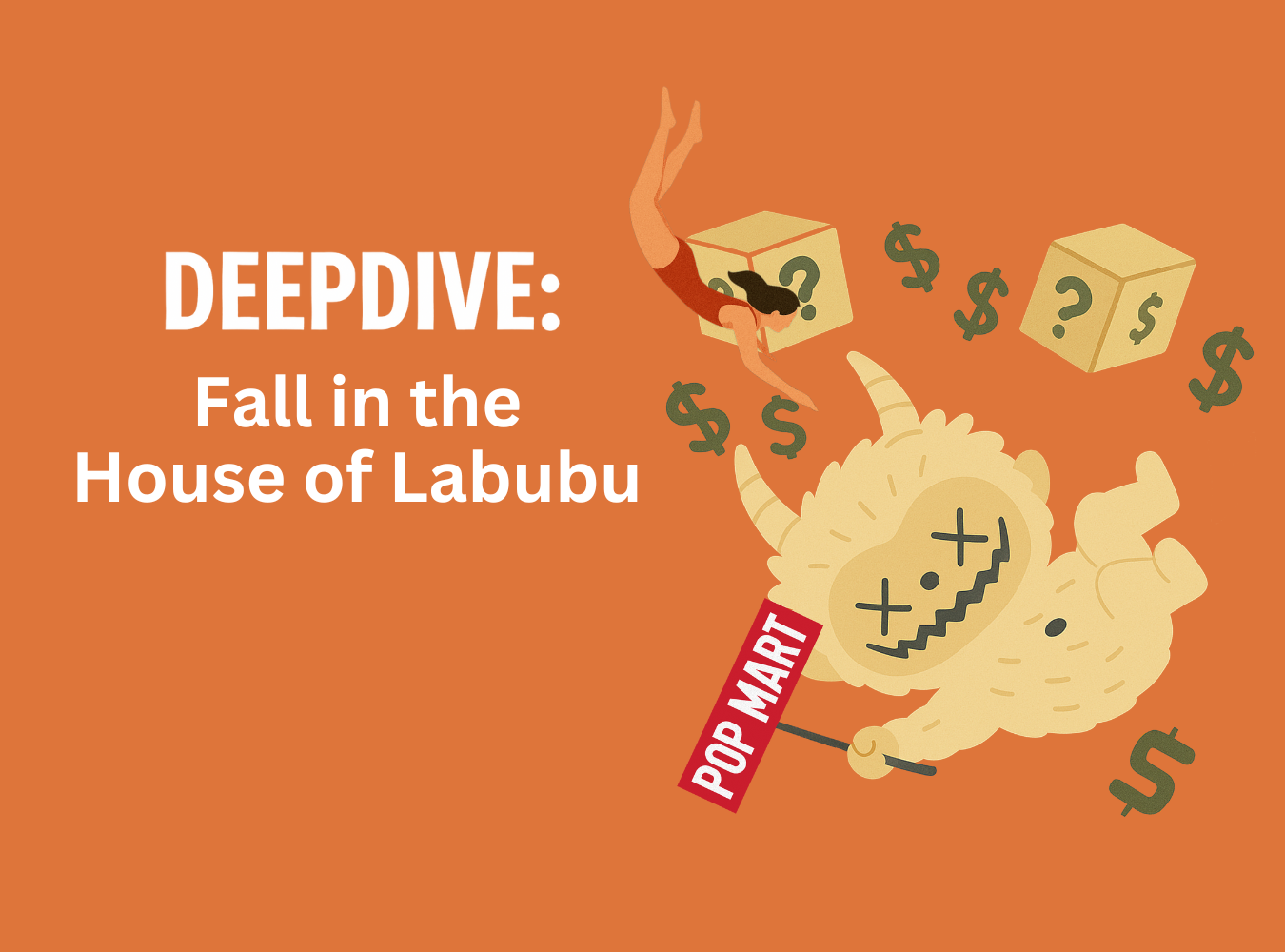Decoding the Algorithm: How Social Media Platforms Are Shifting Towards Paid-First Models and How to Maximize Your Paid Media Budget
Social media platforms are undergoing a significant shift. They are moving away from the organic, free-access model that once defined them and transitioning into a paid-first environment. Platforms like Instagram, TikTok, and Twitter (X) are introducing subscription options that prioritize paid content while reducing brands’ organic reach. As a result, advertisers must adapt their strategies to maintain visibility, engagement, and ROI. This shift has made it more essential than ever to effectively manage paid media budgets and maximize every dollar spent.
Here’s how brands can navigate this evolving landscape and make the most of their paid social media strategies.
The Paid-First Shift: What’s Driving It?
Historically, social media platforms thrived on the idea of free access for both users and brands. However, increased competition for ad space and the desire for more diversified revenue streams have led platforms to introduce subscription-based models. For example, Instagram now offers content creators the option to put Reels and Stories behind a paywall, and Twitter Blue provides users with features like ad-free browsing for a monthly fee.
For brands, this trend means that organic reach—which was already diminishing due to algorithm changes—is becoming even more limited. Paid campaigns are increasingly necessary for maintaining visibility as platforms like Meta (Facebook/Instagram) see continued increases in cost-per-thousand (CPM) rates. Brands must now prioritize paid social strategies to stay competitive.
Tips for Maximizing Your Paid Media Budget
As social media shifts towards paid-first models, it’s essential to manage your budget efficiently and focus on strategies that will give you the best return on investment (ROI). Here are several key tactics to consider:
1. Adopt a Full-Funnel Strategy
A full-funnel approach is essential for navigating paid social environments. This strategy goes beyond bottom-of-the-funnel tactics like direct sales, integrating awareness, consideration, and conversion objectives into a cohesive campaign. For example, using Meta’s platforms for brand awareness campaigns can help drive higher conversions over time, as it allows you to build familiarity and trust with new audiences before pushing them toward purchase.
By spreading your budget across the entire customer journey, you avoid over-investing in one area and missing out on opportunities to engage potential customers at various touchpoints.
2. Leverage Short-Form Video for Maximum Engagement
With platforms like TikTok and Instagram focusing heavily on short-form video content, brands need to invest in video-based ads to capture attention and drive engagement. Conversion rates for Instagram Reels are significantly higher than standard campaigns, with some studies showing a 150% increase in performance. This makes short-form video one of the most efficient ways to maximize ROI on paid social.
3. Utilize AI-Powered Tools for Campaign Optimization
AI-driven tools, such as Meta’s Advantage+ Shopping Campaigns and Google’s Performance Max, allow for automated targeting and creative optimizations. These tools leverage machine learning to optimize ad delivery in real-time, ensuring that your campaigns are continuously refined for the best possible performance. This reduces the need for manual oversight and allows marketers to focus on scaling campaigns efficiently.
4. Segment Audiences and Retarget for Higher Precision
Audience segmentation is crucial for minimizing wasted spend. By dividing your audience into smaller, more targeted groups, you can create tailored content that resonates more deeply with each segment. Additionally, retargeting campaigns—which re-engage users who have interacted with your brand—can be an effective way to maximize your investment in upper-funnel efforts. This strategy helps you reach users who are already familiar with your brand, increasing the likelihood of conversion.
5. Capitalize on Emerging Platforms
While giants like Facebook and Instagram continue to dominate the paid media space, emerging platforms like TikTok offer unique opportunities at a lower cost. TikTok’s ad revenue is projected to rise significantly, but it still offers more competitive CPMs than Meta, making it a smart investment for brands looking to reach younger, highly engaged audiences. Allocating a portion of your budget to emerging platforms can help you diversify your media spend and mitigate rising costs on established platforms.
6. Rotate Creative Regularly to Avoid Ad Fatigue
Keeping your audience engaged is essential, especially in a paid-first landscape where the competition for attention is fierce. Regularly updating and rotating creative assets based on performance data can help prevent ad fatigue and improve engagement rates. Continuous testing of different formats and messages will also provide insights into what resonates best with your audience.
7. Focus on First-Party Data Collection
As social platforms increasingly limit organic reach, first-party data collection becomes more important. Building an owned audience through email and SMS marketing allows you to maintain direct relationships with your customers, reducing your reliance on paid social ads in the long term. By focusing on collecting customer data during paid campaigns, you can ensure ongoing engagement even outside of social platforms.
TL;DR
The transition towards paid-first models on social media is reshaping how brands approach their marketing strategies. Organic reach is becoming a thing of the past, and paid media is now the primary way for brands to stay visible. By adopting a full-funnel strategy, utilizing AI-powered tools, and investing in short-form video content, brands can maximize their paid media budgets and thrive in this new landscape. Additionally, focusing on data collection and rotating creative regularly will help ensure ongoing engagement and efficient use of ad spend.
Staying flexible and continuously optimizing based on performance will be key to success as the social media landscape continues to evolve.
—
Want more deep dives like this? Make sure to subscribe to our weekly newsletter, LF Pool Party, for everything social media professionals need to know to make their strategy 10/10.



